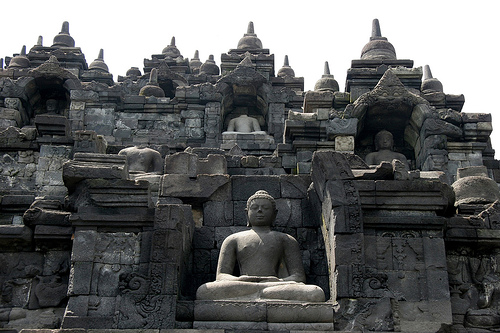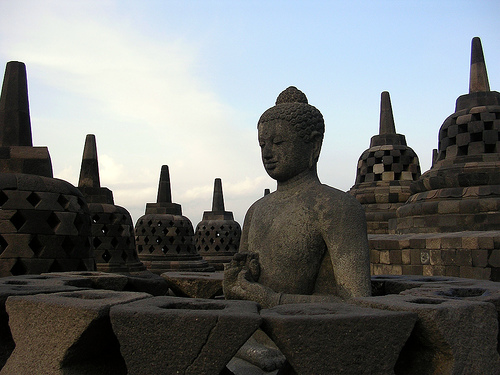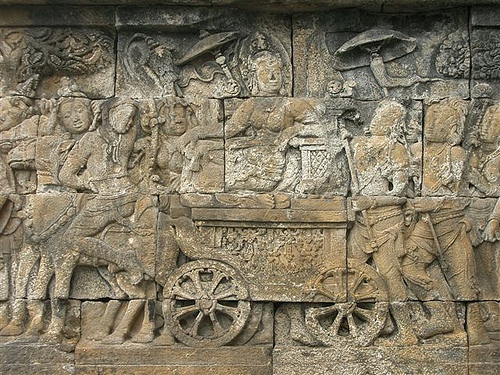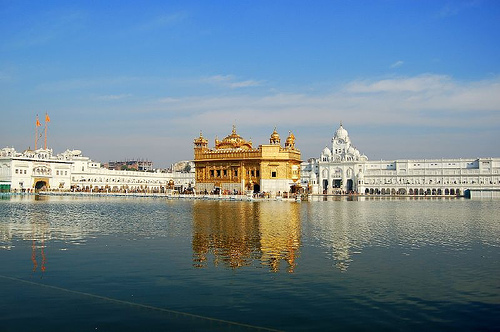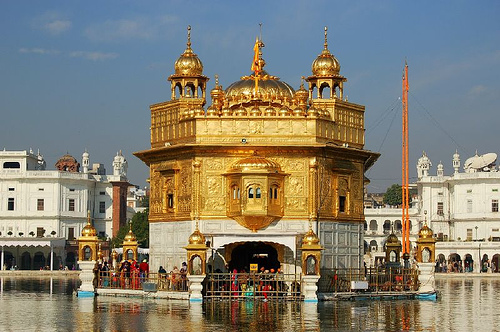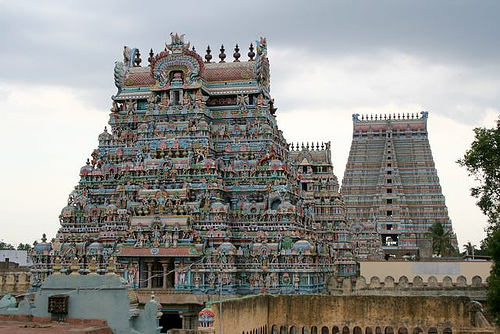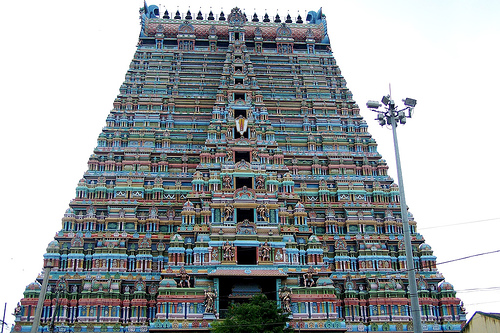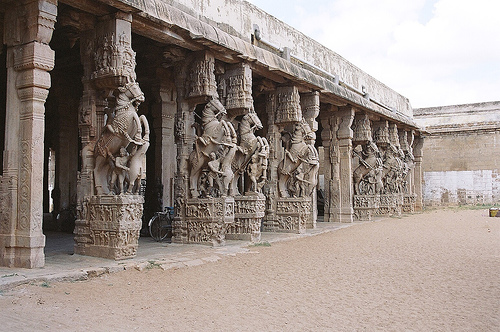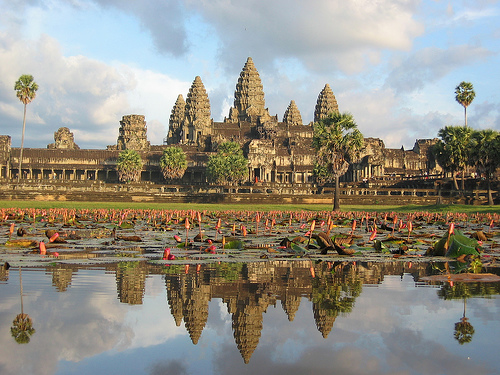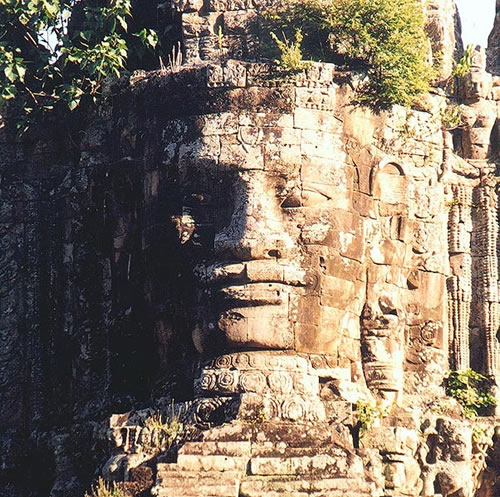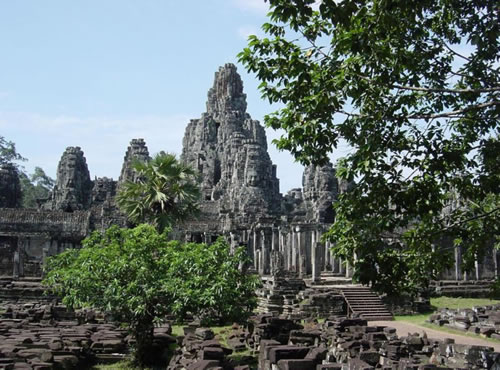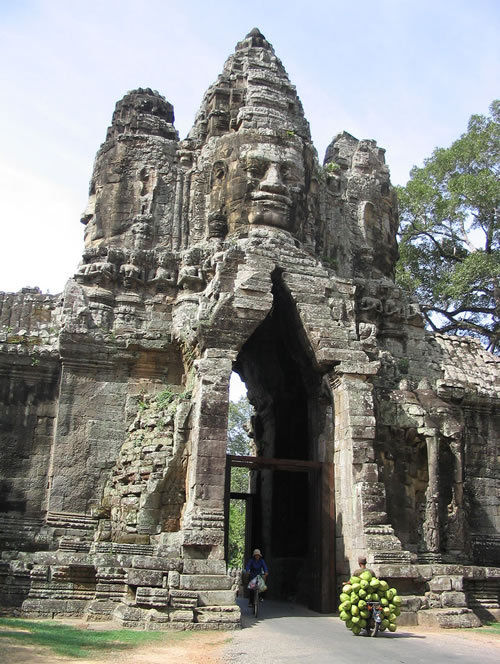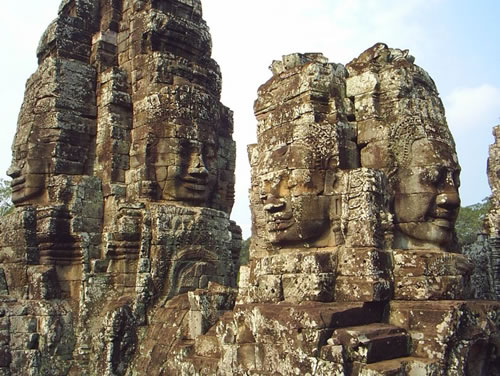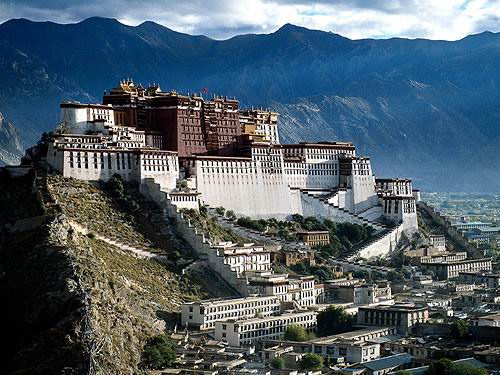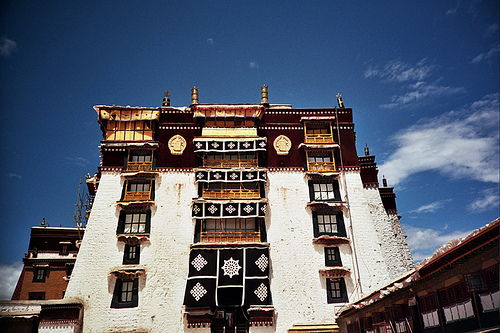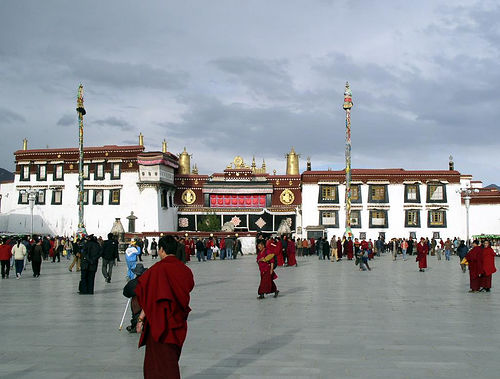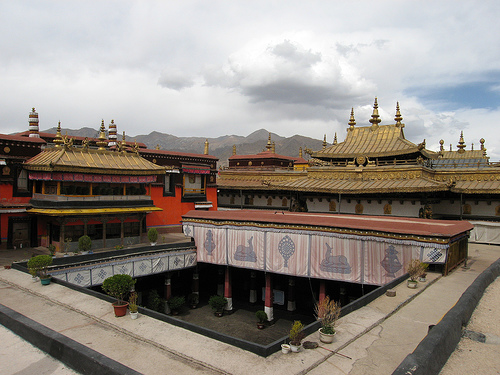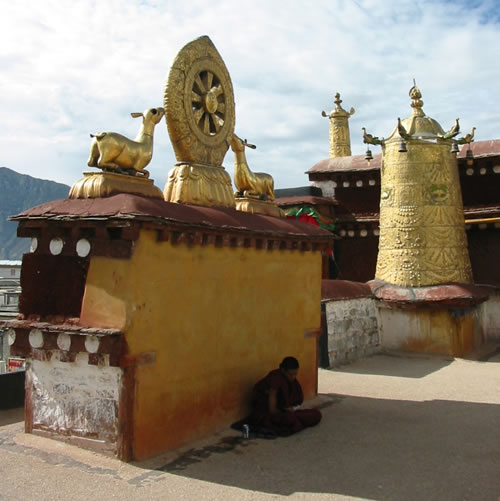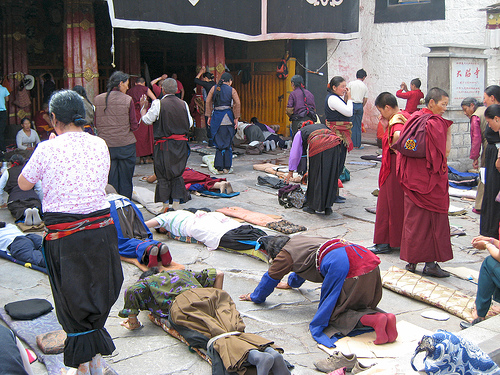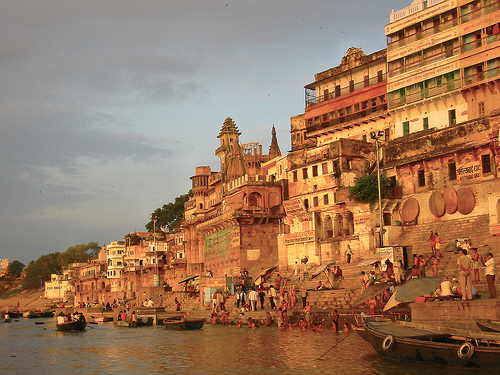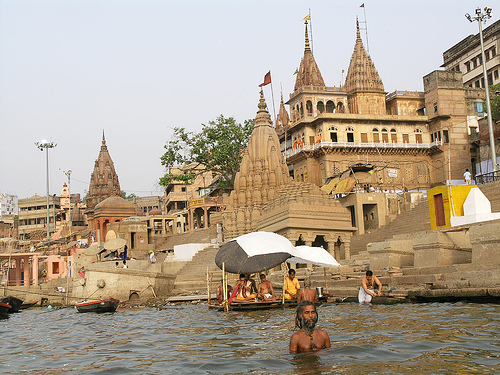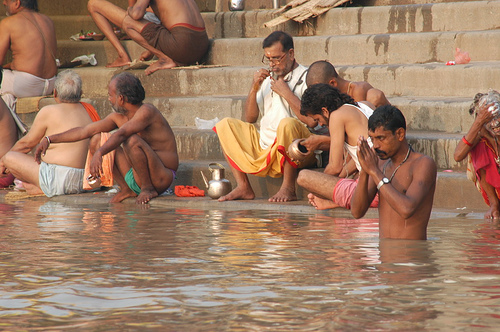10. Jin Mao Tower (Shanghai)
The Jin Mao Tower is 10th tallest skyscraper of the world. Jin Mao Tower literally “Golden Prosperity Building” is an 88-story landmark supertall skyscraper in the Lujiazui area of the Pudong district of Shanghai, People’s Republic of China. It contains offices and the Shanghai Grand Hyatt hotel. Until 2007 it was the tallest building in the PRC, the fifth tallest in the world by roof height and the seventh tallest by pinnacle height.

Top ten highest skyscrapers of the world, this list is ranked by structural height as vertical elevation from the base to the highest architectural or integral structural element of the building.
9. Trump International Hotel and Tower (Chicago)
The Trump International Hotel and Tower is 9th highest building of the world. The Trump International Hotel and Tower, also known as Trump Tower Chicago and locally as the Trump Tower, is a skyscraper condo-hotel in downtown Chicago, Illinois. The building, named after real estate developer Donald Trump, was designed by architect Adrian Smith of Skidmore, Owings and Merrill. Bovis Lend Lease built the 92-story structure, which reached a height of 1,389 feet (423 m) including its spire, its roof topping out at 1,170 feet (360 m). It is adjacent to the main branch of the Chicago River, with a view of the entry to Lake Michigan beyond a series of bridges over the river. The building received publicity when the winner of the first season of The Apprentice television show, Bill Rancic, chose to manage the construction of the tower.

8. Guangzhou West Tower (Guangzhou)
Being 8th highest building Guangzhou West Tower is an extremely tall public building. The energy efficiency evaluation of its façade should be different than that of ordinary public buildings. Based on the national code GB50189-2005, “Design Standard for Energy efficiency of Public Buildings”, typical meteorological yearly data for Guangzhou were used and revised according to architectural character of Guangzhou West Tower. The energy efficiency design of a single skin facade and active airflow curtain wall was analyzed by a dynamic energy simulation tool and modified weather data. The payback period of initial investment in the facade system was evaluated based on simulation results. In addition, the results confirm the façade system scheme of Guangzhou West Tower.

7. Willis Tower (Chicago)
Willis Tower, formerly named Sears Tower, is a 108-story 1,451 feet (442 m) skyscraper in Chicago, Illinois. At the time of its completion in 1973, it was the tallest building in the world, surpassing the World Trade Center towers in New York. Currently, Willis Tower is the tallest building in the United States and the fifth-tallest freestanding structure in the world as well as the fifth tallest building in the world to the roof. Although Sears’ naming rights expired in 2003, the building continued to be called Sears Tower for several years. However, in March 2009 London-based insurance broker Willis Group Holdings, Ltd., agreed to lease a portion of the building and obtained the building’s naming rights as part of the agreement. On July 16, 2009, at 10:00 am Central Time, the building was officially renamed Willis Tower.

6. Nanjing Greenland Financial Center (Nanjing)
The Nanjing Greenland Financial Center is a 89-story, 450 meter (1500 foot) tall skyscraper being constructed in Nanjing, China. The tower is the fifth tallest building in the world and second tallest in china behind the Shanghai World Financial Center.The 72nd-story observation floor, at 287 meters (940 feet) off the ground, will offer a panoramic view of the city of Nanjing as well as the Yangtze River, the Ningzheng Ridge mountains and two nearby lakes.

5. Petronas Towers (Kuala Lumpur)
The Petronas Twin Towers (also known as the Petronas Towers or just Twin Towers), in Kuala Lumpur, Malaysia are twin towers and were the world’s tallest buildings, before being surpassed by Taipei 101. However, the towers are still the tallest twin buildings in the world. They were the world’s tallest buildings from 1998 to 2004 if measured from the level of the main entrance to the structural top, the original height reference used by the US-based Council on Tall Buildings and Urban Habitat from 1969 (three additional height categories were introduced as the tower neared completion in 1996).

4. International Commerce Centre (Hong Kong)
International Commerce Centre is a 118 floor, 484 m (1,590 ft) skyscraper under construction in West Kowloon, Hong Kong; as part of the Union Square project built on top of Kowloon Station. The development is owned and jointly developed by MTR Corporation Limited and Sun Hung Kai Properties, Hong Kong’s metro operator and largest property developer respectively.

3. Shanghai World Financial Center (Shanghai)
Shanghai World Financial Center is a super-tall skyscraper in Pudong, Shanghai, China. It is a mixed use skyscraper which consists of offices, hotels, conference rooms, observation decks, and shopping malls on the ground floors. Park Hyatt Shanghai is the hotel component containing 174 rooms and suites. Occupying the 79th to the 93rd floors, it is the highest hotel in the world, surpassing the Grand Hyatt Shanghai on the 53rd to 87th floors of the neighboring Jin Mao Tower.

2. Taipei 101 (Taipei)
Taipei 101 also known as the Taipei Financial Center, is a landmark skyscraper located in Xinyi District, Taipei, Taiwan. The building was the tallest building in the world (with occupiable floors) until it was surpassed in height by the Burj Khalifa on July 21, 2007. The skyscraper was officially the tallest building until the opening of the Burj Khalifa on the 4 of January 2010.

1. Burj Khalifa (Dubai)
Burj Khalifa formerly known as Burj Dubai, is a skyscraper in Dubai, United Arab Emirates, and the tallest man-made structure ever built, at 828 m (2,717 ft). Construction began on 21 September 2004, with the exterior of the structure completed on 1 October 2009. The building officially opened on 4 January 2010. The building is part of the 2 km2 (490-acre) flagship development called Downtown Burj Khalifa at the “First Interchange” along Sheikh Zayed Road, near Dubai’s main business district. The total cost for the Burj Khalifa project was about US$1.5 billion. The tower’s architecture and engineering were performed by Skidmore, Owings, and Merrill of Chicago. Adrian Smith, who worked with Skidmore, Owings and Merrill until 2006, was the chief architect, and Bill Baker was the chief structural engineer for the project. The primary contractor was Samsung C&T of South Korea, who also built the Taipei 101 and Petronas Twin Towers.

The Jin Mao Tower is 10th tallest skyscraper of the world. Jin Mao Tower literally “Golden Prosperity Building” is an 88-story landmark supertall skyscraper in the Lujiazui area of the Pudong district of Shanghai, People’s Republic of China. It contains offices and the Shanghai Grand Hyatt hotel. Until 2007 it was the tallest building in the PRC, the fifth tallest in the world by roof height and the seventh tallest by pinnacle height.

Top ten highest skyscrapers of the world, this list is ranked by structural height as vertical elevation from the base to the highest architectural or integral structural element of the building.
9. Trump International Hotel and Tower (Chicago)
The Trump International Hotel and Tower is 9th highest building of the world. The Trump International Hotel and Tower, also known as Trump Tower Chicago and locally as the Trump Tower, is a skyscraper condo-hotel in downtown Chicago, Illinois. The building, named after real estate developer Donald Trump, was designed by architect Adrian Smith of Skidmore, Owings and Merrill. Bovis Lend Lease built the 92-story structure, which reached a height of 1,389 feet (423 m) including its spire, its roof topping out at 1,170 feet (360 m). It is adjacent to the main branch of the Chicago River, with a view of the entry to Lake Michigan beyond a series of bridges over the river. The building received publicity when the winner of the first season of The Apprentice television show, Bill Rancic, chose to manage the construction of the tower.

8. Guangzhou West Tower (Guangzhou)
Being 8th highest building Guangzhou West Tower is an extremely tall public building. The energy efficiency evaluation of its façade should be different than that of ordinary public buildings. Based on the national code GB50189-2005, “Design Standard for Energy efficiency of Public Buildings”, typical meteorological yearly data for Guangzhou were used and revised according to architectural character of Guangzhou West Tower. The energy efficiency design of a single skin facade and active airflow curtain wall was analyzed by a dynamic energy simulation tool and modified weather data. The payback period of initial investment in the facade system was evaluated based on simulation results. In addition, the results confirm the façade system scheme of Guangzhou West Tower.

7. Willis Tower (Chicago)
Willis Tower, formerly named Sears Tower, is a 108-story 1,451 feet (442 m) skyscraper in Chicago, Illinois. At the time of its completion in 1973, it was the tallest building in the world, surpassing the World Trade Center towers in New York. Currently, Willis Tower is the tallest building in the United States and the fifth-tallest freestanding structure in the world as well as the fifth tallest building in the world to the roof. Although Sears’ naming rights expired in 2003, the building continued to be called Sears Tower for several years. However, in March 2009 London-based insurance broker Willis Group Holdings, Ltd., agreed to lease a portion of the building and obtained the building’s naming rights as part of the agreement. On July 16, 2009, at 10:00 am Central Time, the building was officially renamed Willis Tower.

6. Nanjing Greenland Financial Center (Nanjing)
The Nanjing Greenland Financial Center is a 89-story, 450 meter (1500 foot) tall skyscraper being constructed in Nanjing, China. The tower is the fifth tallest building in the world and second tallest in china behind the Shanghai World Financial Center.The 72nd-story observation floor, at 287 meters (940 feet) off the ground, will offer a panoramic view of the city of Nanjing as well as the Yangtze River, the Ningzheng Ridge mountains and two nearby lakes.

5. Petronas Towers (Kuala Lumpur)
The Petronas Twin Towers (also known as the Petronas Towers or just Twin Towers), in Kuala Lumpur, Malaysia are twin towers and were the world’s tallest buildings, before being surpassed by Taipei 101. However, the towers are still the tallest twin buildings in the world. They were the world’s tallest buildings from 1998 to 2004 if measured from the level of the main entrance to the structural top, the original height reference used by the US-based Council on Tall Buildings and Urban Habitat from 1969 (three additional height categories were introduced as the tower neared completion in 1996).

4. International Commerce Centre (Hong Kong)
International Commerce Centre is a 118 floor, 484 m (1,590 ft) skyscraper under construction in West Kowloon, Hong Kong; as part of the Union Square project built on top of Kowloon Station. The development is owned and jointly developed by MTR Corporation Limited and Sun Hung Kai Properties, Hong Kong’s metro operator and largest property developer respectively.

3. Shanghai World Financial Center (Shanghai)
Shanghai World Financial Center is a super-tall skyscraper in Pudong, Shanghai, China. It is a mixed use skyscraper which consists of offices, hotels, conference rooms, observation decks, and shopping malls on the ground floors. Park Hyatt Shanghai is the hotel component containing 174 rooms and suites. Occupying the 79th to the 93rd floors, it is the highest hotel in the world, surpassing the Grand Hyatt Shanghai on the 53rd to 87th floors of the neighboring Jin Mao Tower.

2. Taipei 101 (Taipei)
Taipei 101 also known as the Taipei Financial Center, is a landmark skyscraper located in Xinyi District, Taipei, Taiwan. The building was the tallest building in the world (with occupiable floors) until it was surpassed in height by the Burj Khalifa on July 21, 2007. The skyscraper was officially the tallest building until the opening of the Burj Khalifa on the 4 of January 2010.

1. Burj Khalifa (Dubai)
Burj Khalifa formerly known as Burj Dubai, is a skyscraper in Dubai, United Arab Emirates, and the tallest man-made structure ever built, at 828 m (2,717 ft). Construction began on 21 September 2004, with the exterior of the structure completed on 1 October 2009. The building officially opened on 4 January 2010. The building is part of the 2 km2 (490-acre) flagship development called Downtown Burj Khalifa at the “First Interchange” along Sheikh Zayed Road, near Dubai’s main business district. The total cost for the Burj Khalifa project was about US$1.5 billion. The tower’s architecture and engineering were performed by Skidmore, Owings, and Merrill of Chicago. Adrian Smith, who worked with Skidmore, Owings and Merrill until 2006, was the chief architect, and Bill Baker was the chief structural engineer for the project. The primary contractor was Samsung C&T of South Korea, who also built the Taipei 101 and Petronas Twin Towers.




























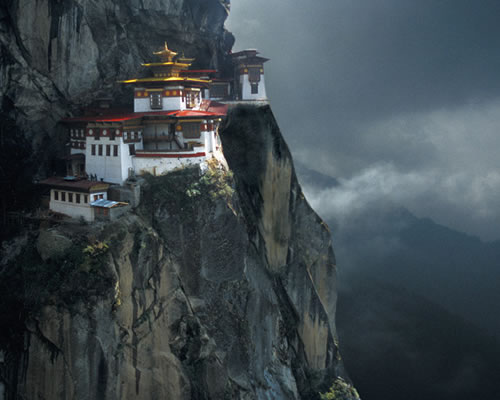
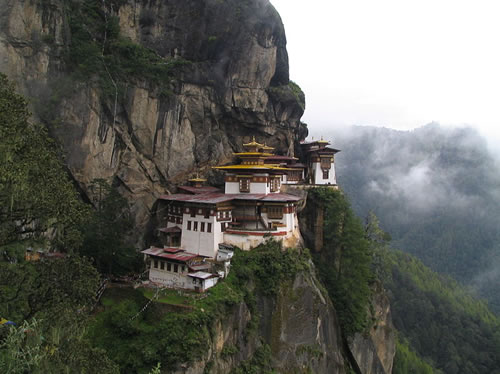
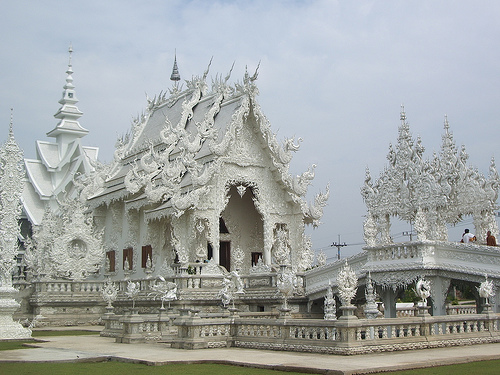
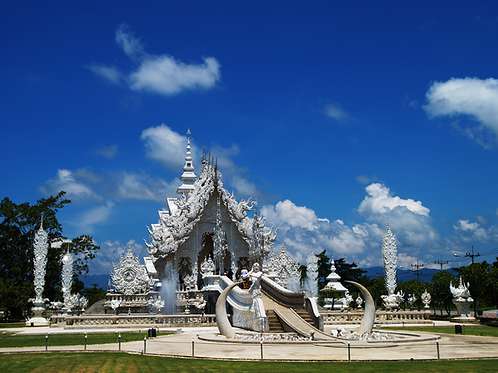

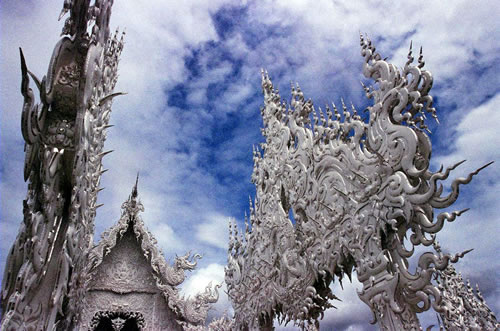
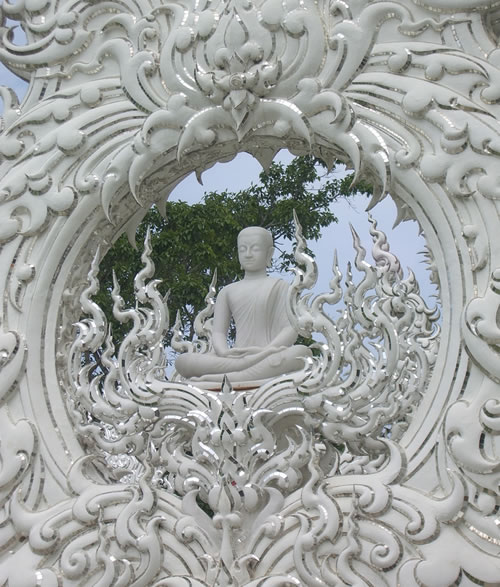
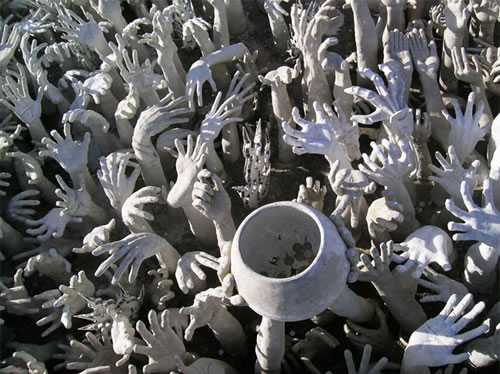
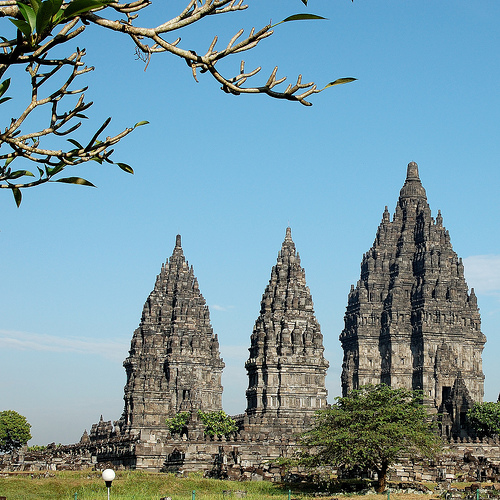
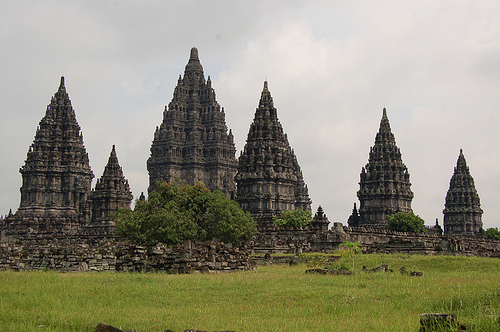
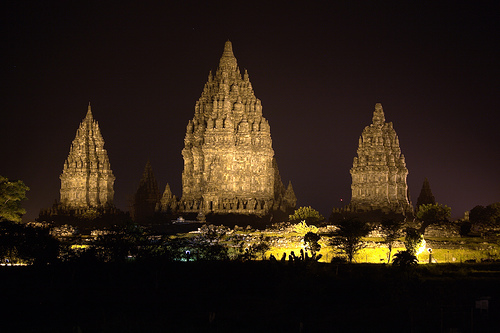
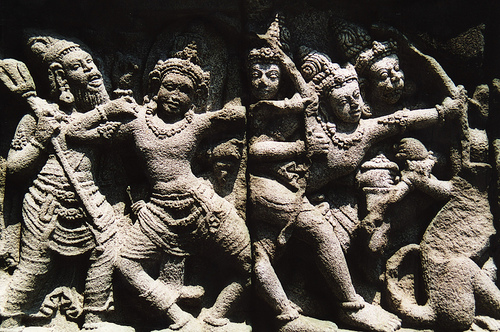

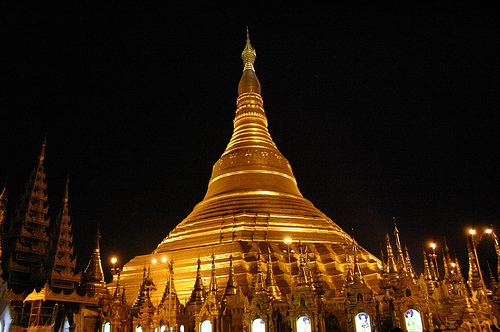

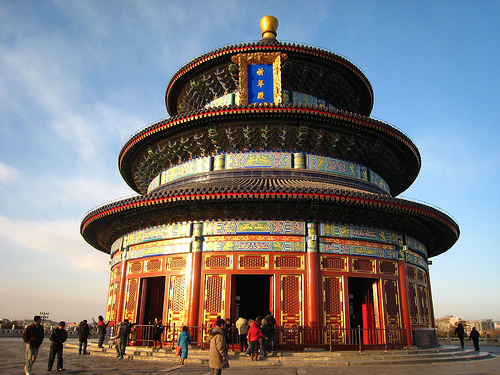

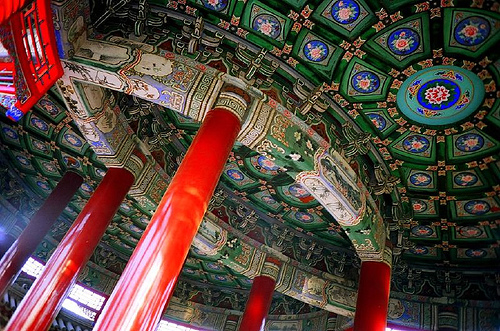

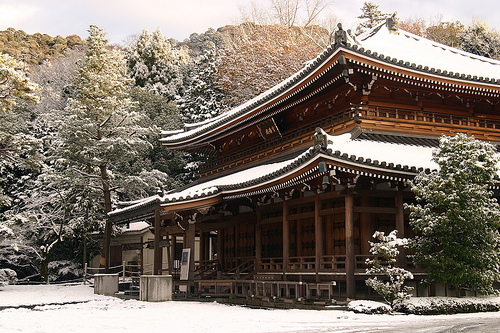
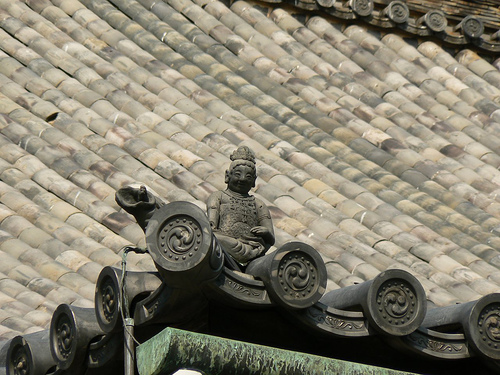
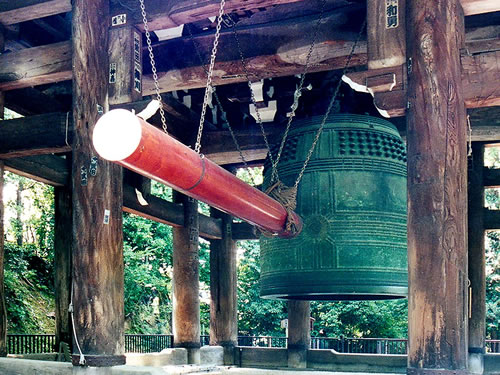
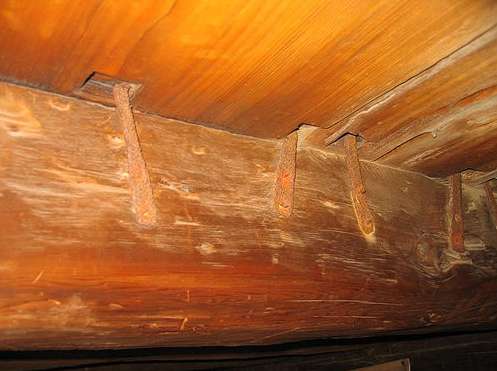

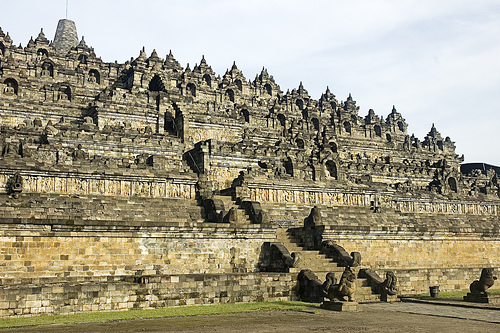
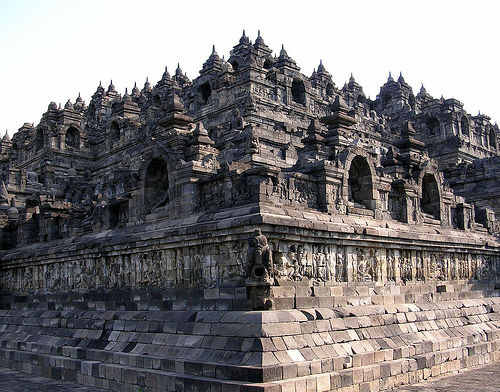 Image:
Image: 